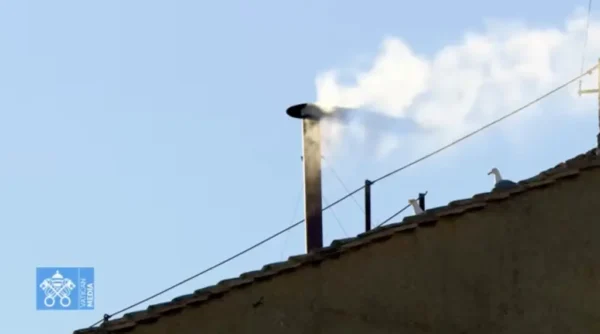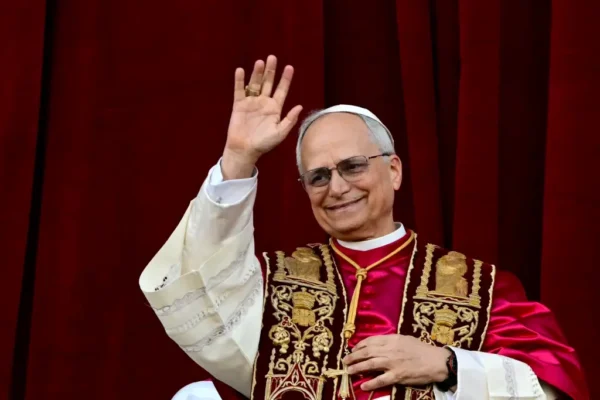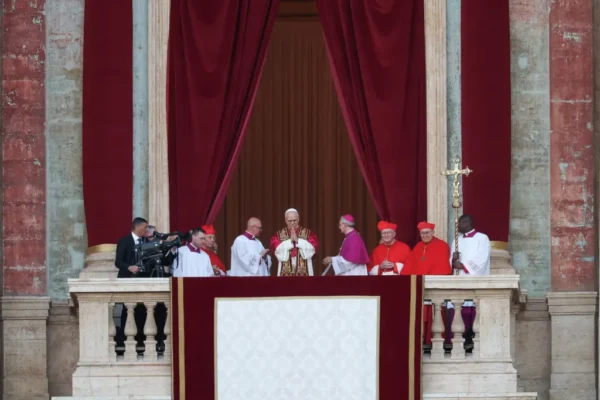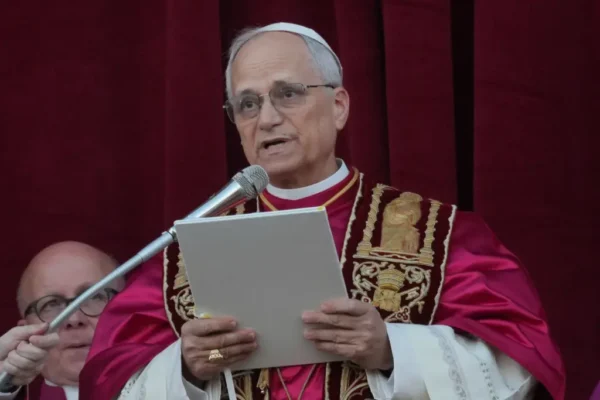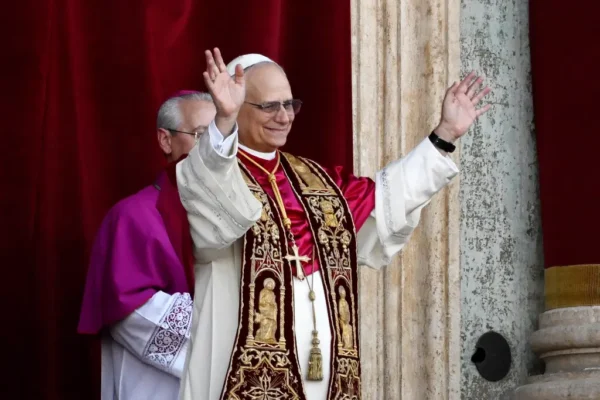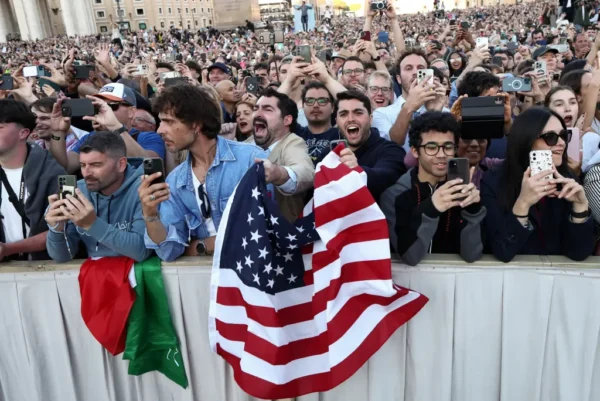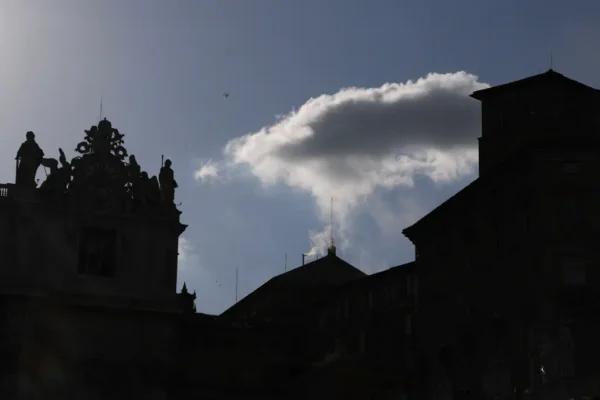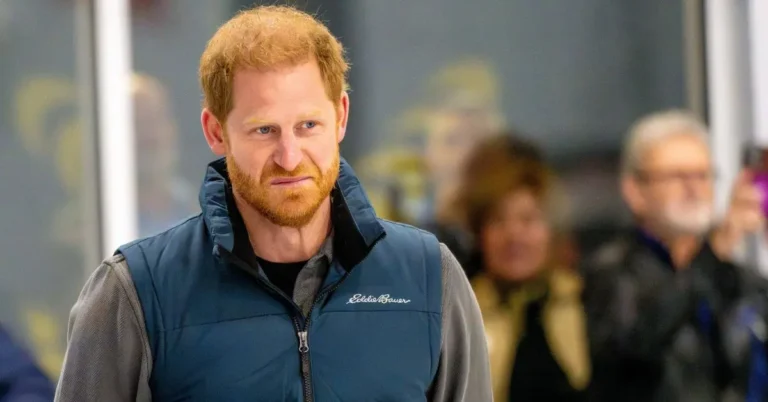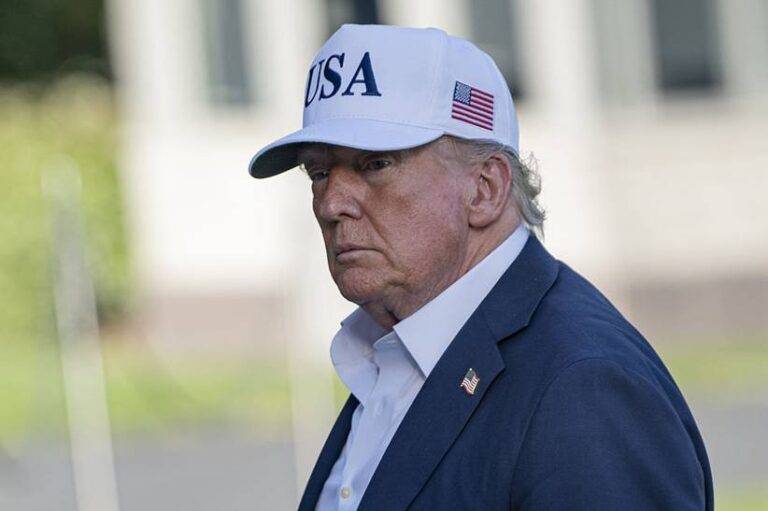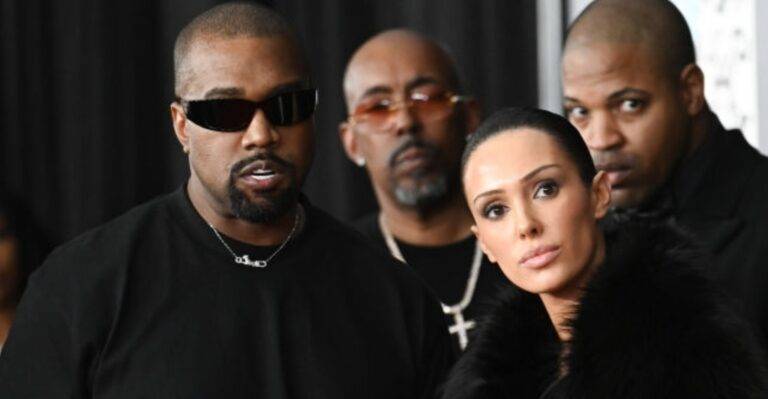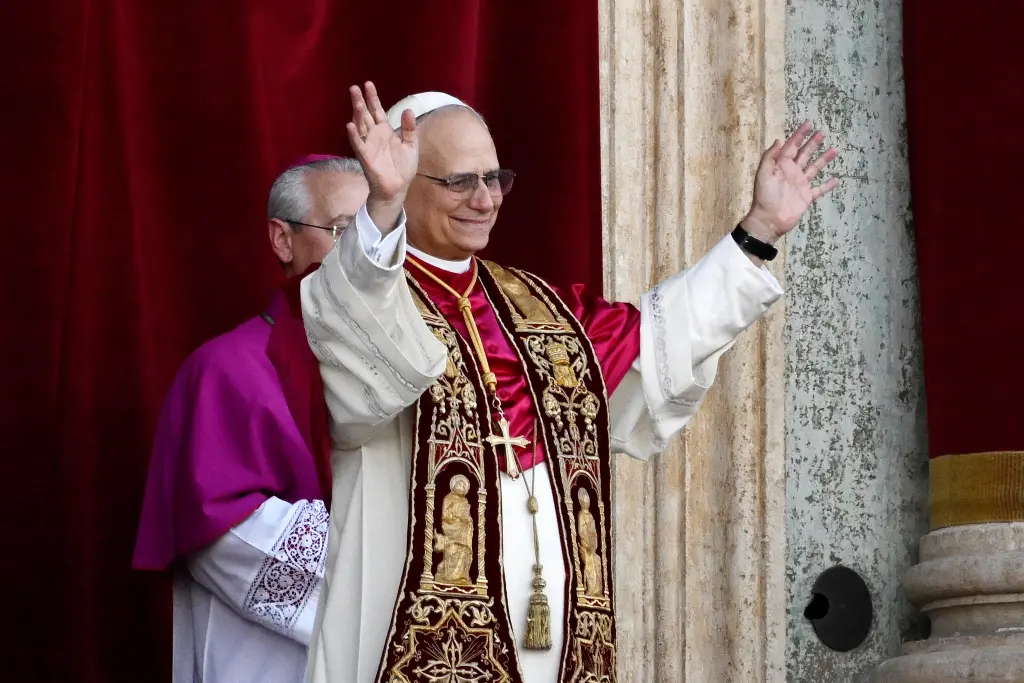
Leon XIV, a US-born pope, has been elected.
White smoke billowed from the Sistine Chapel chimney on Thursday afternoon, signaling the end of the conclave and the election of a new Pope. This powerful tradition, rich in Catholic symbolism, captivated millions around the globe as they waited anxiously for the Church’s next spiritual leader to emerge.
So, who is the new Pope?
Robert Francis Prevost, now known as Pope Leon XIV, was born on September 14, 1955, in Chicago, Illinois. He’s quickly become a familiar name within the American Catholic community.
Prevost is a member of the Order of Saint Augustine and boasts an impressive academic resume. He earned a Bachelor of Science in Mathematics from Villanova University, a Master of Divinity from the Catholic Theological Union in Chicago, and a Doctorate in Canon Law from the Pontifical University of Saint Thomas Aquinas in Rome.
Ordained in 1982, Prevost began his ministry in Peru, where he served as a missionary, led seminaries, and eventually rose to become the Bishop of the Diocese of Chiclayo.
In 2023, Pope Francis appointed Robert Prevost to two key Vatican positions: President of the Pontifical Commission for Latin America and Prefect of the Dicastery for Bishops. That same year, Prevost was elevated to Cardinal—a move that clearly signaled his growing influence in Church leadership.
His role as Prefect ended on April 21, 2025, following the death of Pope Francis, which led to the papal conclave that ultimately elected Prevost as Pope Leon XIV.
Father Mark R. Francis, CSV, who studied alongside Prevost at the Catholic Theological Union from 1978 to 1982 and later worked with him in Rome, praised his steady leadership. He described Prevost as “a deeply thoughtful and steady presence within the Church, with a cool head and incisive intelligence.”
“My experience of Cardinal Prevost is that he’s not a showboat,” said Fr. Francis. “He’s very calm, but incredibly intelligent, and quite sensitive.” That quiet strength—blending emotional intelligence with sharp intellect—has made Prevost a respected figure across many factions within the Catholic Church.
According to Fr. Francis, Cardinal Prevost also values listening. He gives people room to speak, regardless of status. He has shown deep empathy and has long championed the rights of the marginalized, especially the poor. His leadership style reflects Pope Francis’s focus on compassion, inclusivity, and social justice.
Now, as Pope Leon XIV, many are wondering: Will his papacy follow the same path of mercy, dialogue, and service to the overlooked?
“I think the main goals would coincide rather closely,” Fr. Francis added. “His approach would probably be calm, consistent, and direct.”
Though many consider Cardinal Prevost a centrist, he’s known for his progressive views on key social issues. That balance of tradition and reform made him a unifying figure within the Church.
During the second day of secret deliberations in Vatican City, 133 cardinals gathered. The rules were clear—a new Pope needed at least 89 votes, a two-thirds majority.
This time, they moved swiftly. Within hours, white smoke signaled to the world: Pope Leon XIV had been chosen.
Though many consider Cardinal Prevost a centrist, he’s known for his progressive views on key social issues. That balance of tradition and reform made him a unifying figure within the Church.
During the second day of secret deliberations in Vatican City, 133 cardinals gathered. The rules were clear—a new Pope needed at least 89 votes, a two-thirds majority.
This time, they moved swiftly. Within hours, white smoke signaled to the world: Pope Leon XIV had been chosen.
Crowds erupted outside St. Peter’s Basilica as white smoke spiraled from the Sistine Chapel’s chimney, signaling the election of a new Pope. The sacred tradition, deeply rooted in history, once again captivated the world.
This historic conclave followed the passing of Pope Francis on April 21, 2025, at 7:35 AM. He died at home from complications linked to double pneumonia. Five days later, thousands gathered inside St. Peter’s Basilica for his funeral on April 26.
The ceremony drew a powerful global presence. Among the mourners were U.S. President Donald Trump, former President Joe Biden, UK Prime Minister Keir Starmer, Ukrainian President Volodymyr Zelensky, French President Emmanuel Macron, and Prince William, who represented King Charles.
This historic conclave followed the passing of Pope Francis on April 21, 2025, at 7:35 AM. He died at home from complications linked to double pneumonia. Five days later, thousands gathered inside St. Peter’s Basilica for his funeral on April 26.
The ceremony drew a powerful global presence. Among the mourners were U.S. President Donald Trump, former President Joe Biden, UK Prime Minister Keir Starmer, Ukrainian President Volodymyr Zelensky, French President Emmanuel Macron, and Prince William, who represented King Charles.
The royal attendance at Pope Francis’s funeral expanded to include several dignitaries from around the world. King Felipe of Spain, Prince Albert of Monaco, King Philippe of Belgium, Queen Mathilde, Sweden’s King Carl XVI Gustaf and Queen Silvia, Norway’s Crown Prince Haakon and Crown Princess Mette-Marit, and Jordan’s King Abdullah II and Queen Rania all came to pay their respects.
Following his wishes, Pope Francis was buried humbly in the Basilica of Santa Maria Maggiore in Rome. His casket contained significant papal documents, including the “Rogito” (a handwritten note) and a collection of coins. His final wish was simple:
“The tomb should be simple, without embellishments, signed only with: Franciscus.”
In his final journey, like during his Apostolic Visits, Pope Francis expressed his desire to rest in the ancient Marian shrine, where he had often prayed before and after his journeys.
The Church observed a nine-day Novendiale period of mourning following Pope Francis’s death. During this time, the College of Cardinals began the solemn task of selecting his successor.
The process for choosing a new Pope is both rigorous and secretive. The College of Cardinals gathers at the Vatican’s Casa Santa Marta, where the 252 members vote in the Sistine Chapel. Only 138 cardinals, particularly those under 80, are eligible to vote.
While any baptized Catholic man over 35 is legally eligible to become Pope, the position is almost always filled by a cardinal. Candidates typically have backgrounds in canon law, biblical studies, or theology.
Due to the Catholic Church’s commitment to an all-male priesthood, women are not eligible to become Pope. This restriction keeps them from ascending to the two levels traditionally required for papacy: bishops or cardinals.
Catholic historian and commentator Paul Collins noted, “Women are still excluded from leadership roles in the Church, and the patriarchy remains firmly in place.” The Vatican defends this stance by referencing historical customs, pointing to Jesus’s selection of twelve male apostles, who then consecrated other men into the clergy.
This event is crucial for the future of the Church, as millions around the world eagerly await the announcement of the new Pope.
This is a developing story, and we will provide updates as new information becomes available.
